NEW 2022 Curriculum! Ontario Grade 2 Science Bundle - FULL YEAR BUNDLE
NEW 2022 Curriculum! Ontario Grade 2 Science Bundle - FULL YEAR BUNDLE
Interested in a bundle? Shop below instead!
Couldn't load pickup availability
PRODUCT PREVIEW
NEW 2022 CURRICULUM! BOTH GOOGLE AND PDF VERSIONS INCLUDED!
New Ontario 2022 Science Curriculum. This FULL YEAR bundle covers all expectations in the Ontario Science Grade 2 curriculum.
Students will practice literacy skills when demonstrating their understanding of the subject material. These sheets were made for cross-curricular connections between language and science. Students will make connections, infer, support their answers with evidence from the text, and summarize. Each worksheet contains a reading followed by questions for them to demonstrate their learning. Students will enjoy the matching, true or false, and multiple choice questions.
Unit 1 - Growth and Changes in Animals
Some of the concepts that are covered:
- Vertebrate animals and invertebrate animals
- Readings and activities for vertebrates: mammals, reptiles, amphibians, fish, and birds
- Readings and activities for invertebrates: worms, insects, and spiders
- Classifying vertebrates and invertebrates
- Animal locomotion – how different animals can move (bipedal, no limbs, rolling)
- How animals move – slither, swim, galop, crawl, jump, fly, and run/walk
- Frog life cycle – diagram, reading, and activities
- Butterfly life cycle – diagram, reading, and activities
- Ant life cycle – diagram, reading, and activities
- Mammal life cycle – diagram, reading, and activities
- Food needs while growing – birds, mammals, and fish
- Identify changes in animals
- Match baby animals to adult animals (foals, horses, calf, cow, etc.)
- Animal adaptation – behaviour (hibernate, migrate)
- Animal adaptation – body shape (flippers, webbed feet)
- Animal adaptation – the Cecropia Moth (snake like appearance)
- How animals help us – pollinate, bats, entertainment (pets)
- Harmful animals – allergies, dangerous animals (snakes, spiders, bears)
- Humans fighting for animal rights (PETA)
- How to help animals – poster assignment
- Unit Test
- Answer pages for all activities
Unit 2 - Simple Machines and Movement
Some of the concepts that are covered:
- In what ways do objects move? (circular, straight line, zig-zag, up and down, back and forth)
- What forces cause objects to move?
- Friction and gravity
- Push and pull forces causing objects to move
- Simple machines – wheel and axle, lever, inclined plane, screw, wedge, and pulley
- Gears – bicycles
- Gear ratio – number of teeth
- Using gear ratios to determine force created by gear trains
- Wheel and axle – vehicles, wagons, and Egyptians using rollers
- Pulleys – fixed pulley, moveable pulley, and compound pulleys
- Calculating the force created by compound pulleys
- Experiment – creating pulley systems
- Levers – three types: class 1, class 2, class 3
- Calculating the force created by levers
- Experiment – testing different levers
- Inclined planes – diagrams, calculations, and questions
- Wedge – everyday uses of wedges
- Screws – diagram of a screw (pitch, shank, head, thread)
- Identifying simple machines in your life
- Importance of simple machines in our lives
- How simple machines affect the environment (using energy – pollution)
- Unit test
- Answer pages for all activities
Unit 3 - Properties of Liquids and Solids
Some of the concepts that are covered:
- What is matter?
- All about liquids and solids
- Freezing point of liquids
- Freezing rain – dangers
- Natural vs human made solids
- Characteristics of solids and liquids
- Melting point of solids
- Lab experiment – melting
- Water – how it changes states
- Flow of liquids
- Experiment – gelatin (liquid changing states)
- Classify - solids vs liquids
- Strong solids
- Combining liquids and solids – mixtures
- Dissolving solids in liquids
- Experiment – dissolving process
- Different mixtures – solid/solid, solid/liquid, liquid/liquid
- Sink or float
- Buoyancy in water – experiment
- Buoyancy of different fluids
- Solids that absorb or repel liquids
- Symbols that keep us safe
- Toxic waste
- Medicine – types and disposal
- Unit test
- Answer pages for all activities
Unit 4 - Air and Water in the Environment
Some of the concepts that are covered:
- Properties of air
- Experiment – Does air have weight?
- How living things need air
- Experiment – air pressure
- Air on the move – helping plants and using wind as energy
- Fire and air – fire needs oxygen
- Properties of water
- Different sources of water – lakes, rivers, streams, oceans, ponds
- Water in natural and built environments
- Evaporation – reading and experiment
- Condensation – reading and experiment
- The water cycle – reading and activities
- Three states of water – water, ice, vapour
- How heat changes the states of water
- All living things need water
- Water transportation – cargo ships
- Water recreation – how humans enjoy water
- Water power – hydroelectricity
- Water pollution – human activities affecting water quality
- Wasting water – personal survey
- Making a plan to conserve water
- Freshwater around the world – availability (limited wells in Africa)
- Importance of water to Indigenous groups
- Air and water pollution assignment – designing a poster
- Unit test
- Answer pages for all activities
*** Answer Pages for all worksheets
*** Unit Tests for all Units
Share
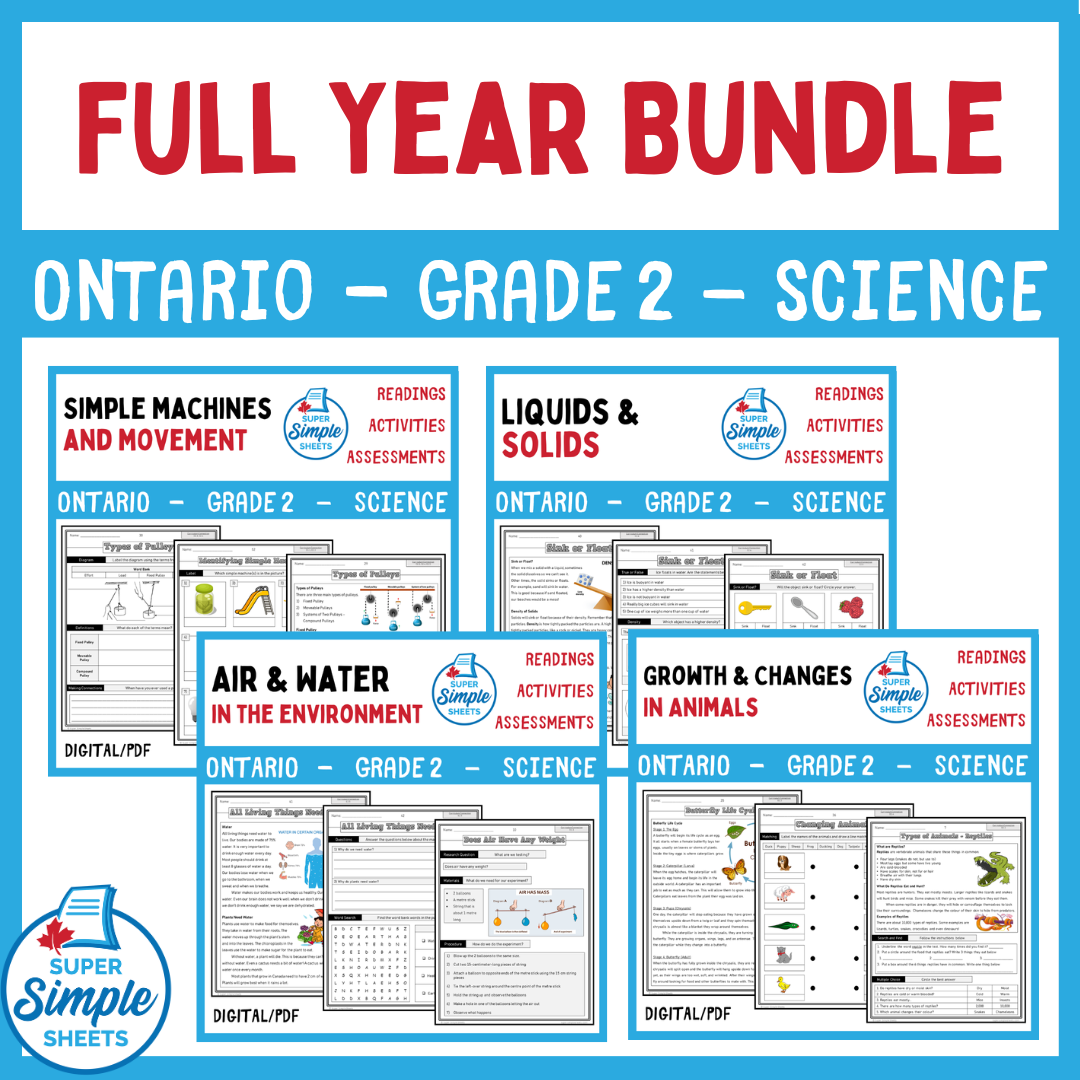
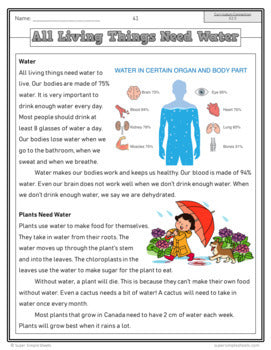
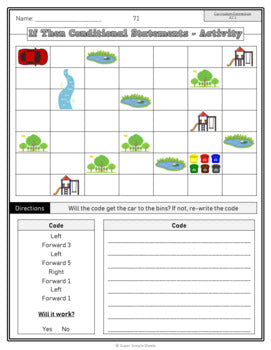
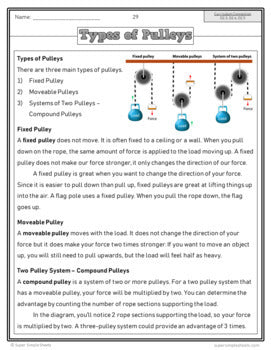
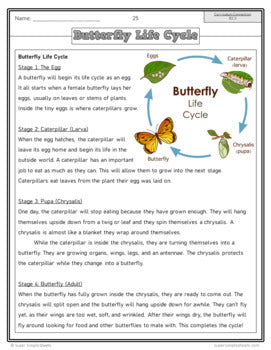
Awesome!
Very comprehensive, options to use some or all, age appropriate language and great opportunities for assessment
I am so happy with my purchase. Thank you for creating such a useful resource that I can easily implement in my science program.








